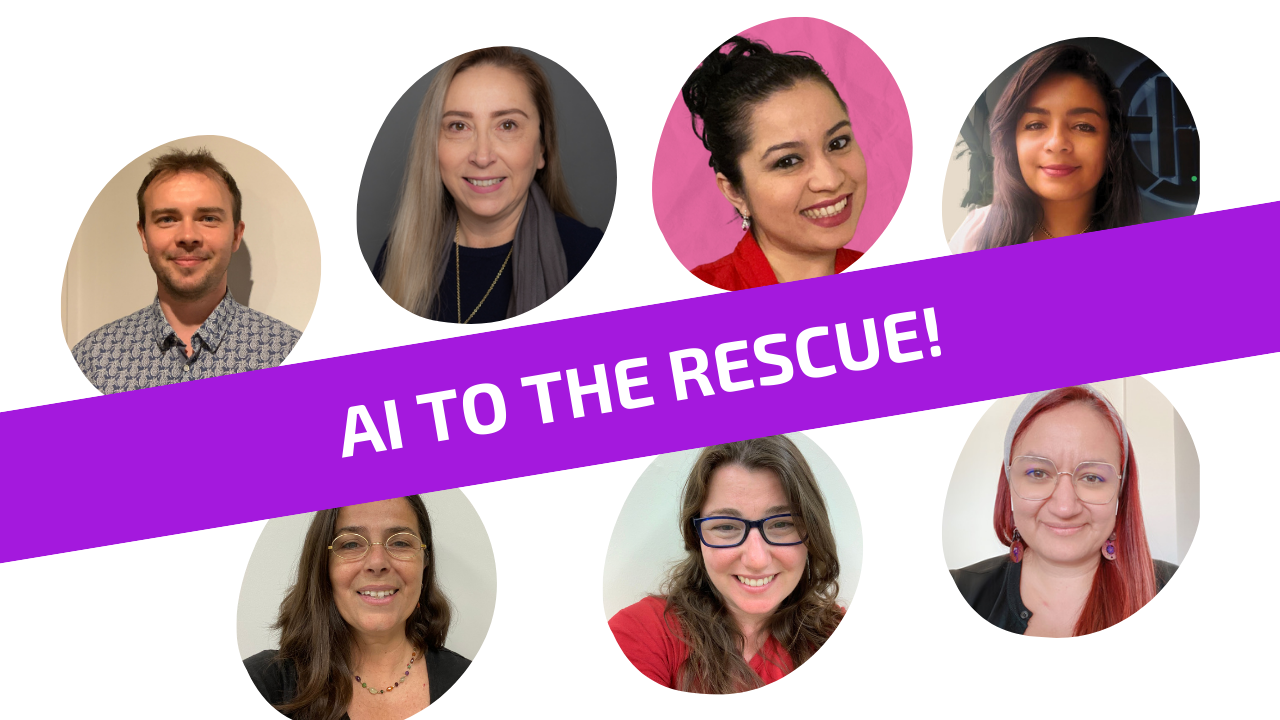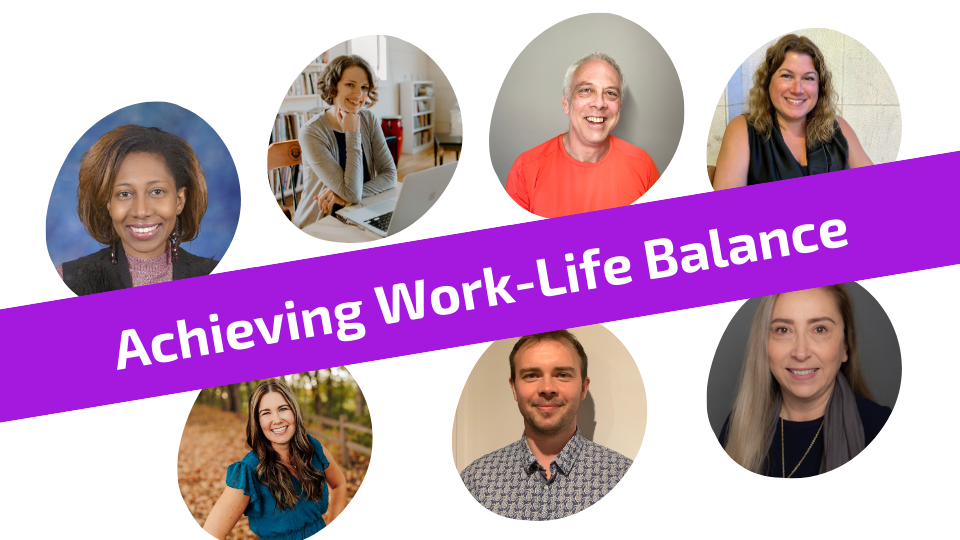Exploring Comprehensible Input and Acquisition
Video Bundle
You can jump to any of the super valuable sessions by clicking the speakers below:

Lead With Culture Through CI
Noemí Rodríguez, Founder of Lo Logramos Consulting
In this presentation, Noemí Rodríguez discusses leading with cultural topics and social justice themes in the world language classroom using comprehensible input (CI) strategies. She emphasizes incorporating authentic resources, such as art, music, and current events, to engage students. Noemí challenges educators to assess whether their curriculum centers around the target culture and provides various strategies, such as clip chat, gallery walks, picture talk, and using generative AI for interactive learning.
What's your biggest takeaway from this session?

Cultural Comprehensible Input
Rebecca Balus, Middle School Spanish and World Languages Teacher
Rebecca shares a creative way to awaken your students’ interest in the culture of Spanish-speaking countries, such as their geography, gastronomy, architecture, and so much more! Using the AVID reading strategy, even lower-level students can understand a text and notice their progress from class to class. Your students will feel the benefits of learning a new language with this engaging and motivating activity.
What's your biggest takeaway from this session?

TPR For Deeper Engagement and Longer Retention
Connie Navarro, CI Coaching with Connie
In this presentation, Connie Navarro outlines how Total Physical Response (TPR) not only aids in the creation of neural pathways through physical activity but also enhances long-term retention and spontaneous communication. Through a practical demonstration and insights from educational research, Connie showcases how TPR integrates movement with language acquisition, making the learning process engaging and effective. She provides educators with strategies and tools, including a step-by-step TPR guide and resources for differentiating instruction through auditory, tactile, and kinesthetic elements.
What's your biggest takeaway from this session?

Using CI Strategies When Tied to a Textbook
Ashley Mikkelsen, Srta Spanish
In this presentation, Ashley Mikkelsen discusses strategies for integrating comprehensible input (CI) into lessons when constrained by a textbook or district assessments. She outlines her methodology to align lesson planning with district requirements by understanding assessment structures and specific learning targets. Mikkelsen shares strategies like writing custom short stories, using consistent routines such as "Persona Especial" and "Música Miércoles," and engaging students with gallery walks. She emphasizes focusing on the end goal to ensure student success.
What's your biggest takeaway from this session?

CI Through Interpretive Reading ... Then What?
Joshua Cabral, World Language Classroom
In this presentation, Joshua discusses the use of comprehensible input (CI) through reading materials, particularly novels and short stories, to facilitate language acquisition in the classroom. He emphasizes the importance of both compelling input and compelling output in language learning, stressing the role of providing language that is both understandable and interesting to students. Cabral also addresses the assessment of proficiency levels in a communicative CI classroom, advocating for assessing communication modes rather than focusing solely on language accuracy. Throughout the presentation, he emphasizes the subconscious nature of language acquisition and the need for students to receive language input at their "sweet spot" for optimal understanding and rule formation.
What's your biggest takeaway from this session?

Special Person Interviews
Bryce Hedstrom, BryceHedstrom.Com
In this presentation, Bryce emphasizes the importance of engaging students through special person interviews in language classes. He shares inspiring examples of how personalized interviews with students who have unique interests and talents can create a positive and psychologically safe learning environment. By using active listening, follow-up questions, and a variety of question types, teachers can build rapport and trust with students, ultimately making language learning a positive and enjoyable experience for all. With a focus on personalized discussions and student-centered learning, special person interviews allow teachers to better connect with their students while they grow student-focused community within the classes and school.
What's your biggest takeaway from this session?

Developing Story Focused Units to Enhance Student Success
Michelle Rojas, Spanish 1 & 2 Teacher
In this presentation, Michelle Rojas discusses her approach to developing story-focused units to enhance student success in Spanish language learning. She emphasizes the importance of making content comprehensible and accessible to students while integrating backward planning and targeting all modes of communication. Michelle provides a detailed example of how she creates a lesson around a short animated video on the theme of kindness, incorporating personalization, goal-setting, and various activities to engage students in listening, reading, writing, and speaking. She also shares resources for finding inspiration, such as YouTube, Instagram, podcasts, and the Comprehensible Classroom, and encourages teachers to be creative, take risks, and choose content that they are passionate about.
What's your biggest takeaway from this session?

BONUS SESSION
The Magic of Drama in the Elementary Classroom (TPRS)
Carmen Reyes, FLES Spanish Teacher
In this session, Carmen shares her expertise in using drama and storytelling to teach elementary students the Spanish language. She emphasizes the importance of teaching emotions and feelings vocabulary through engaging activities such as matching emotions with sentences and silent acting. Reyes highlights the impact of drama activities on developing language proficiency, comprehension, and confidence in students. Her approach combines total physical response (TPR) and teaching proficiency through reading and storytelling (TPRS) to create an interactive and immersive language learning experience for elementary students.
What's your biggest takeaway from this session?


